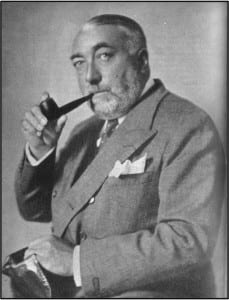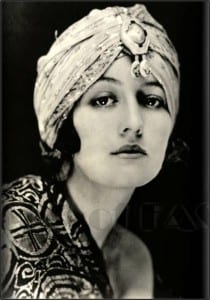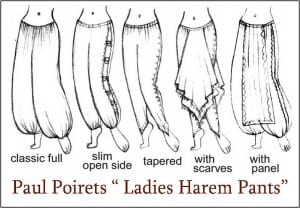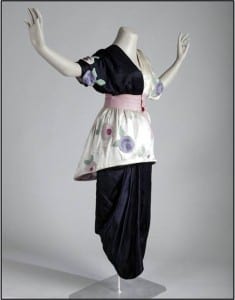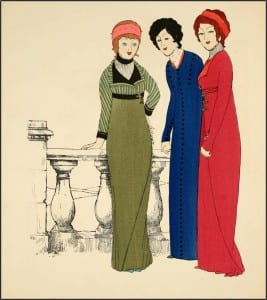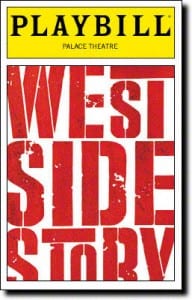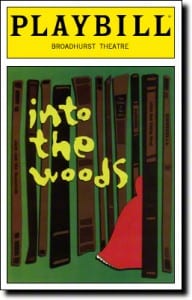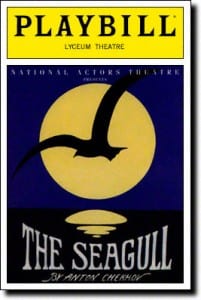After the Practical…
Last 20th January, I performed the short show as practical for module of The current issues. Of course, I have some show experiences when I was in Korea but, this show is more meaningful to me. Firstly, it was the first show which my own idea spread out to other country audiences as the one of the performing arts although the show was quite short and simple. Secondary, it might be the first show which Korean made to most audiences although there are rightly so much greater director and performer than me in my country.
About the show
I tried to collaborate between the real stage and virtual stage. So, I divided the stage largely two sections as inside door and outside door, and the screen is a kind of medium which can connect between indoor and outdoor as window. And then, I also divided the real stage two sections as both the man’s room and woman’s room. (The boundary between man’s room and woman’s room was to employ the lights.)
My show was very simple and direct in terms of dramatic structure and expression. In addition, the show was non-verval performance and used two Korean songs. Because, when I thought the conception of my show for the first time, I faced language problem. Above all, I thought, the emotional delivery through the non-verval expression more effective and suitable to my motif although all most all audiences cannot understand the Korean lyrics.
The musical program of the show was consisted two Korean songs including solo of man and duet of both man and woman. First sequence was progressed as point of view of the man in the man’s solo song and second sequence was naturally connected with the duet song as the lovers point of view. In addition, the lyrics were very similar and suitable with the story.
I tried to utilize effectively given musical moments of the song to in and out of both performers and acting for example, the moment of using the candle or facing to face with each other as if a mirror.
I experienced and learned wider and various dramatic expression of current performance during this module. Above all, it was very excited that applying through my own practical and experiencing the ideas and understanding of other students’ through their performances. It was just my first attempt outside of Korea and I really expect, it can be the small seed which can bear plentiful fruits.

